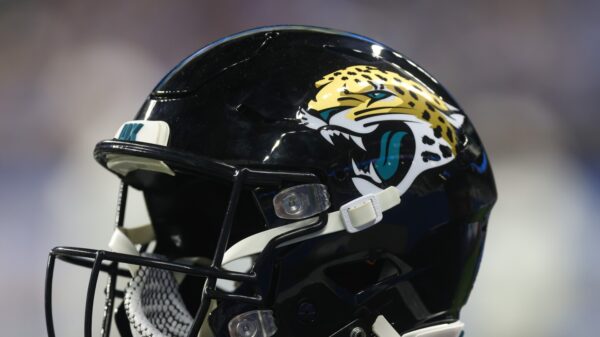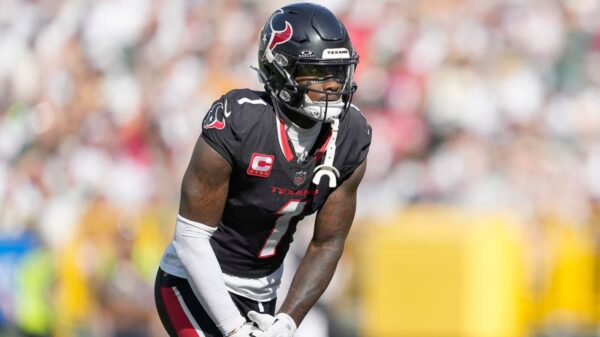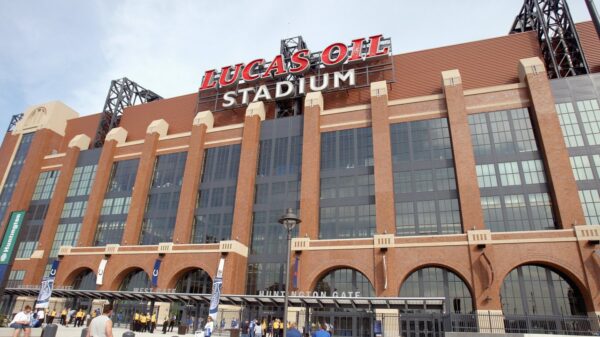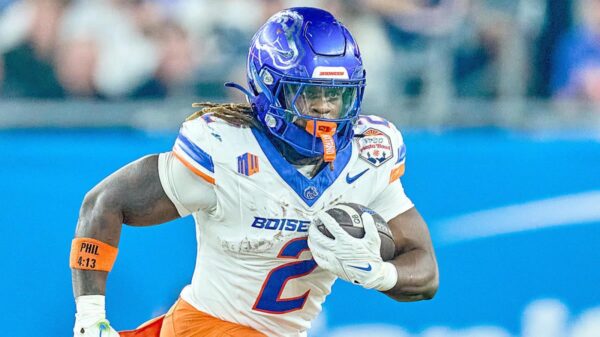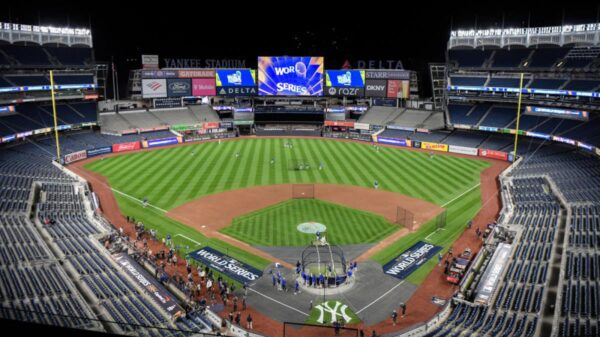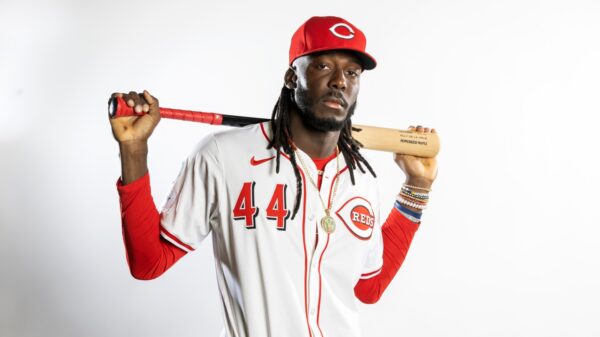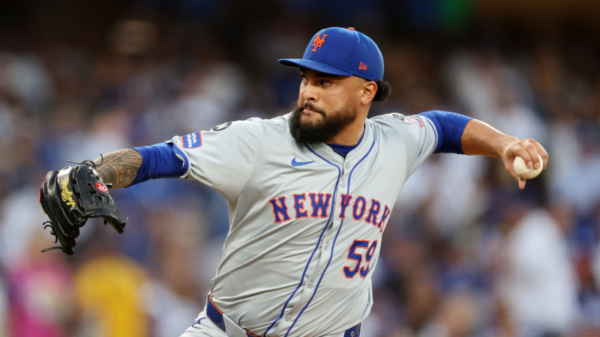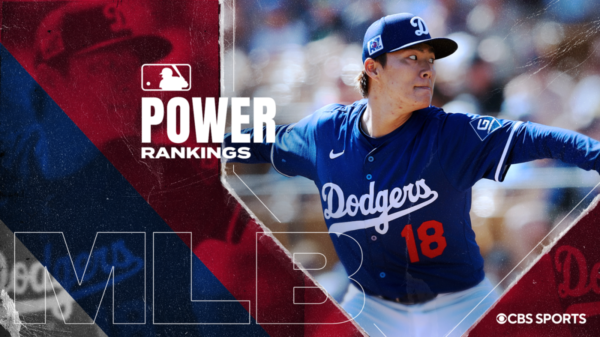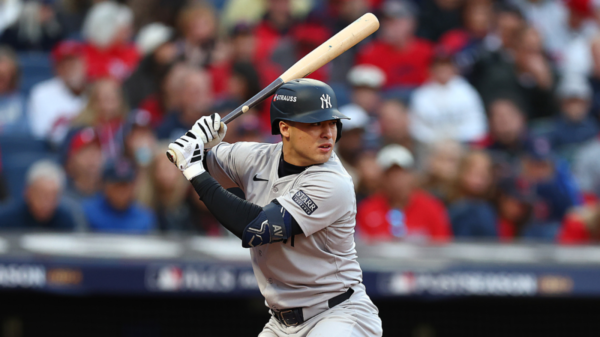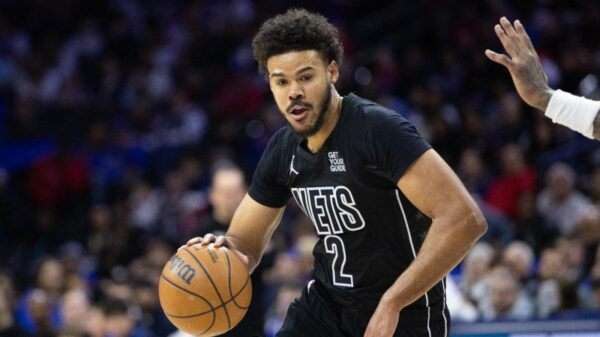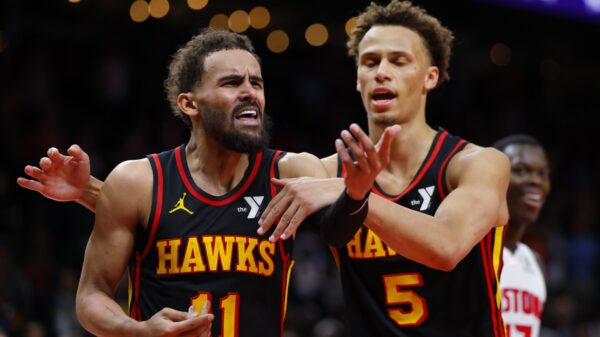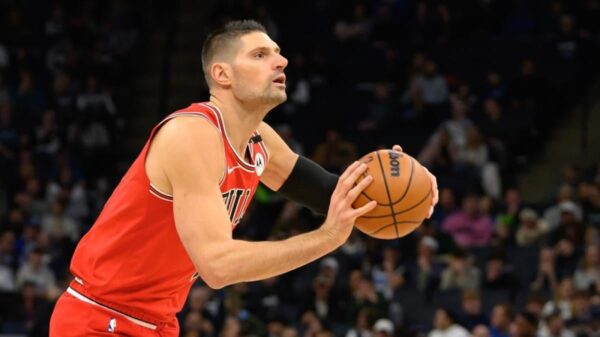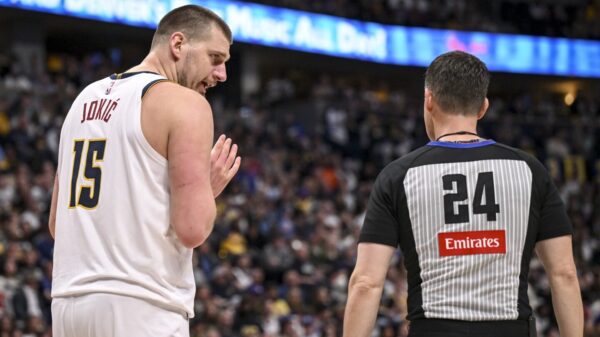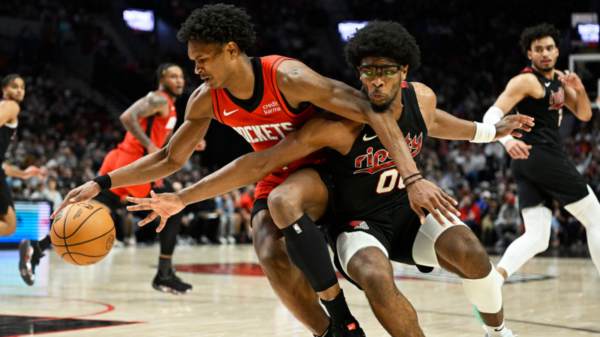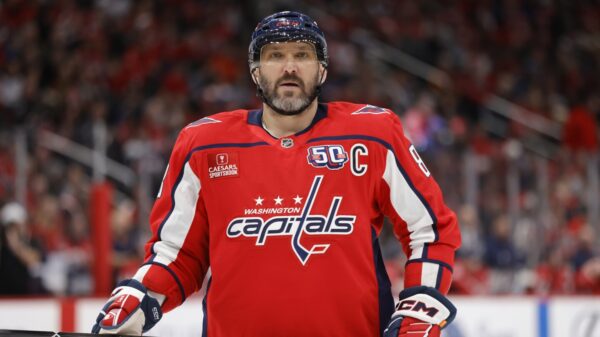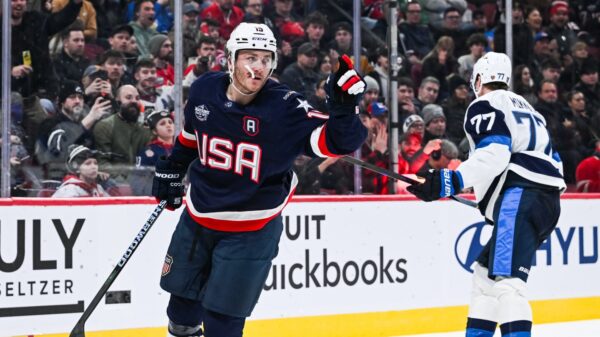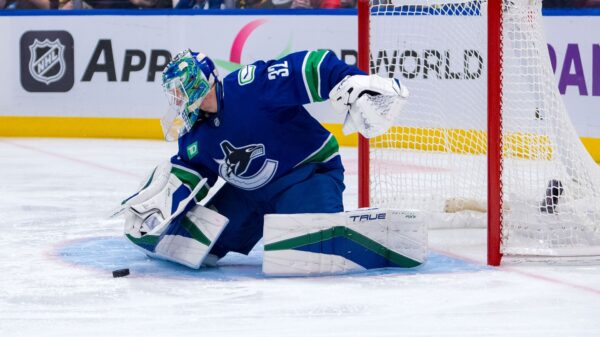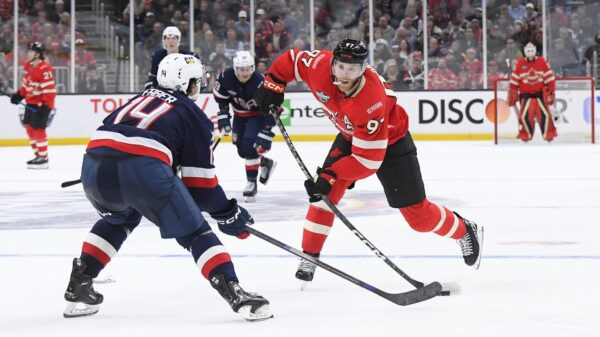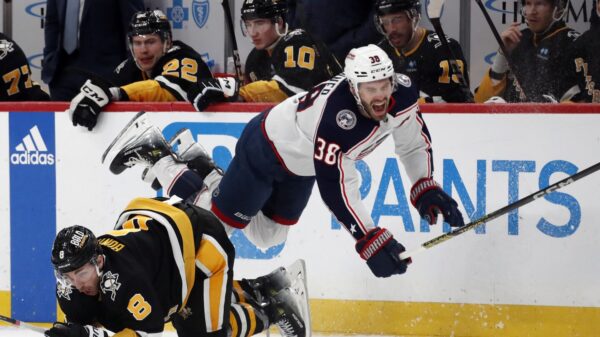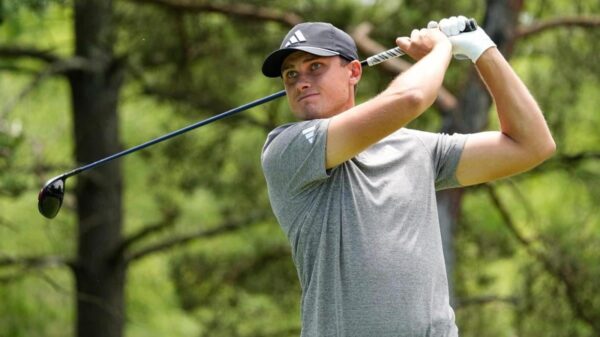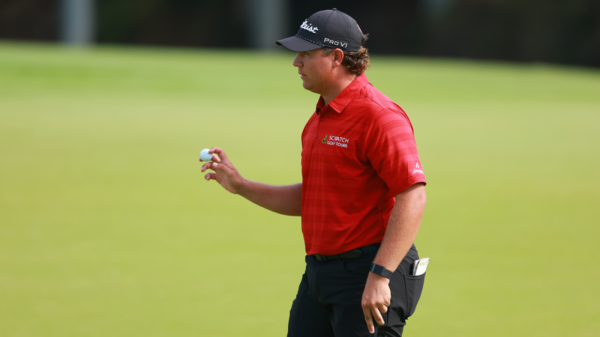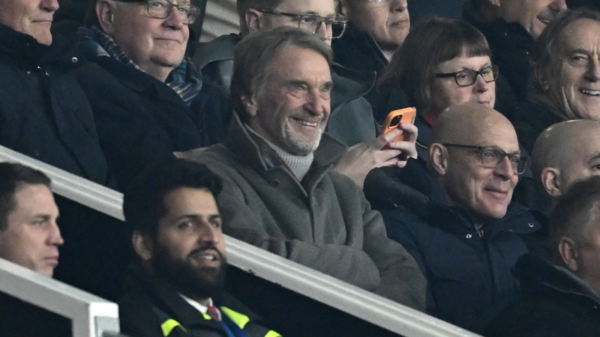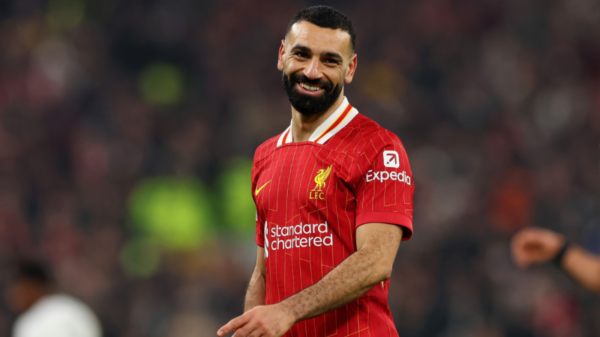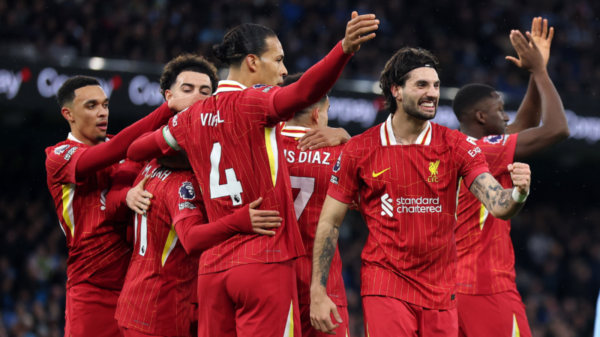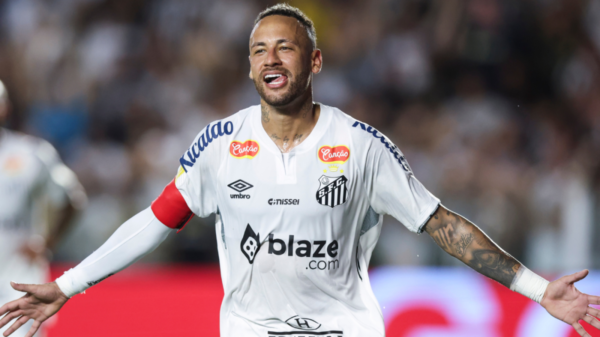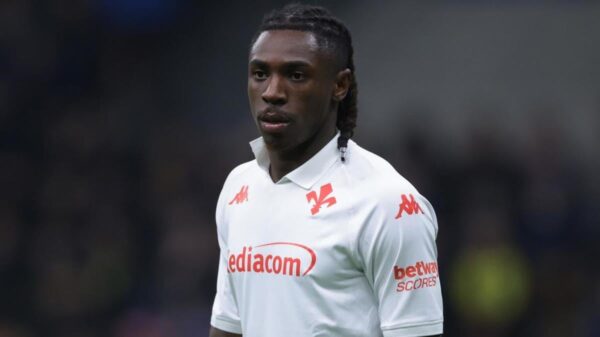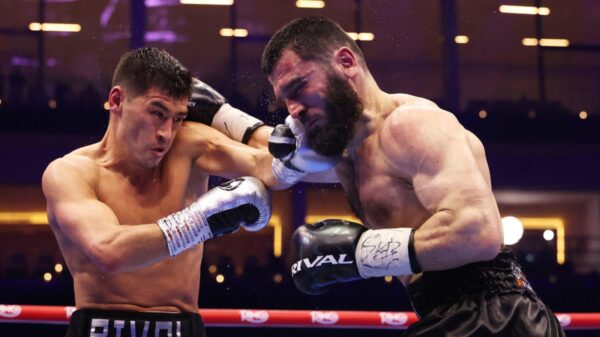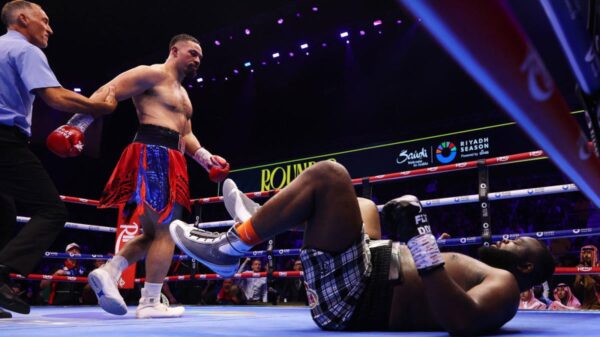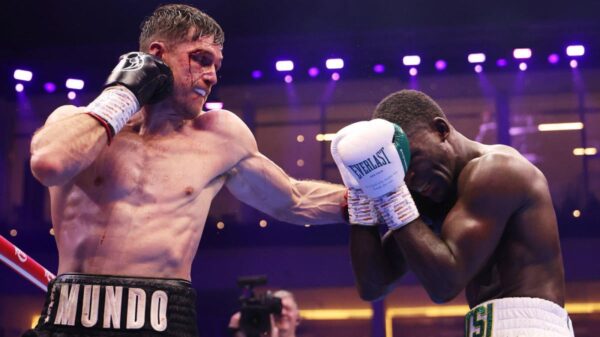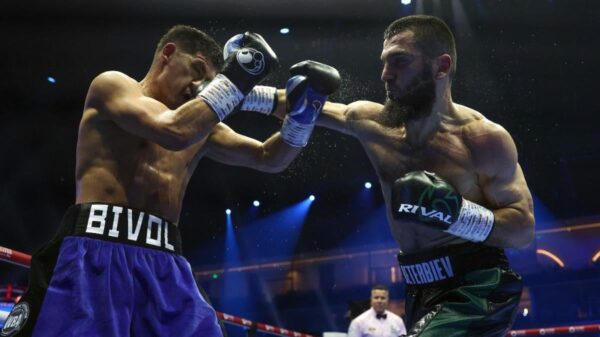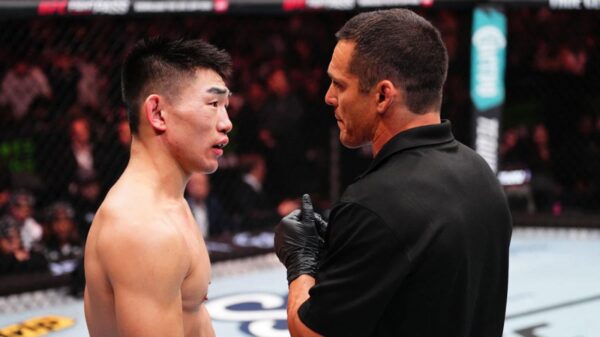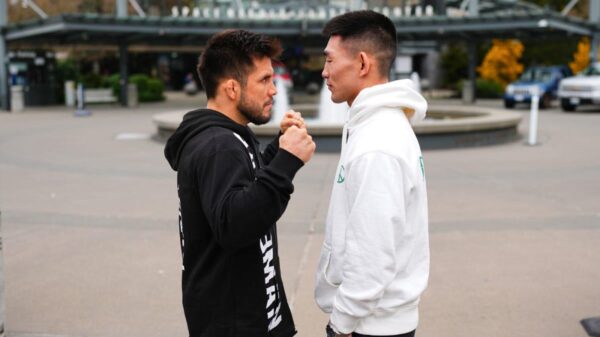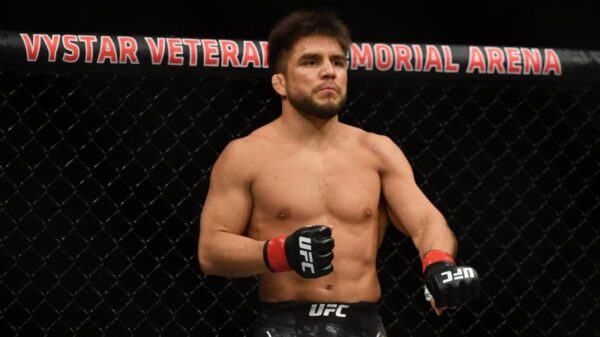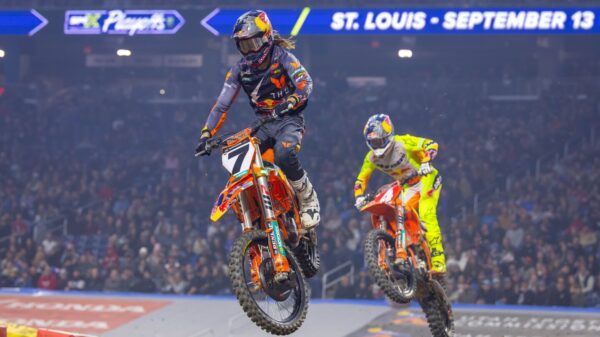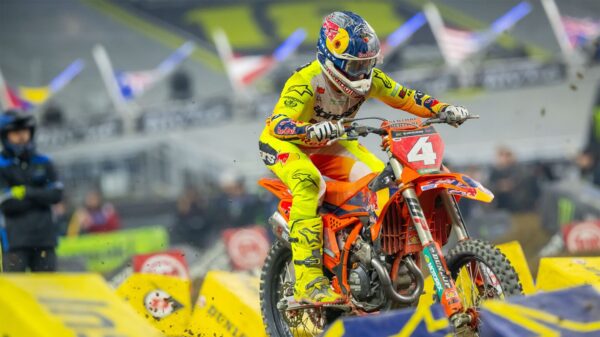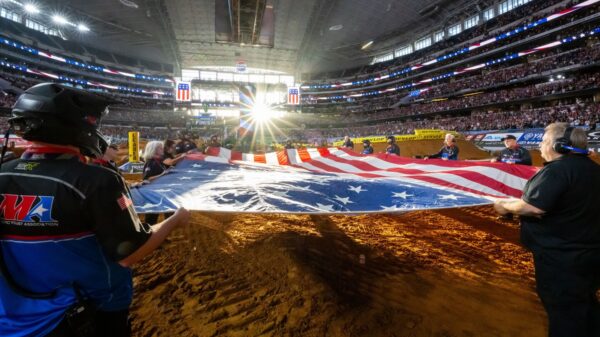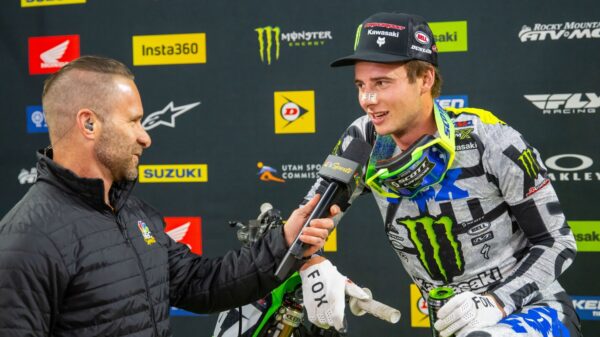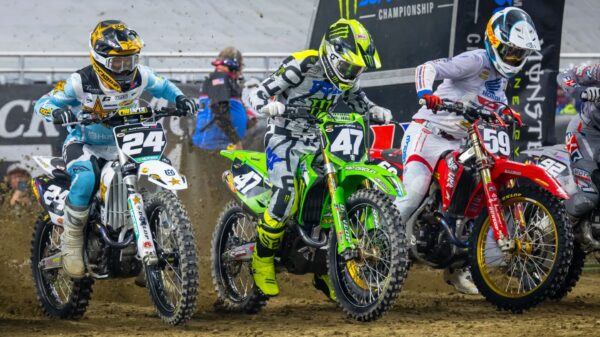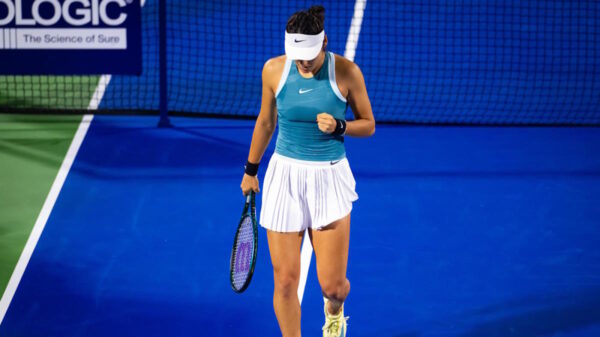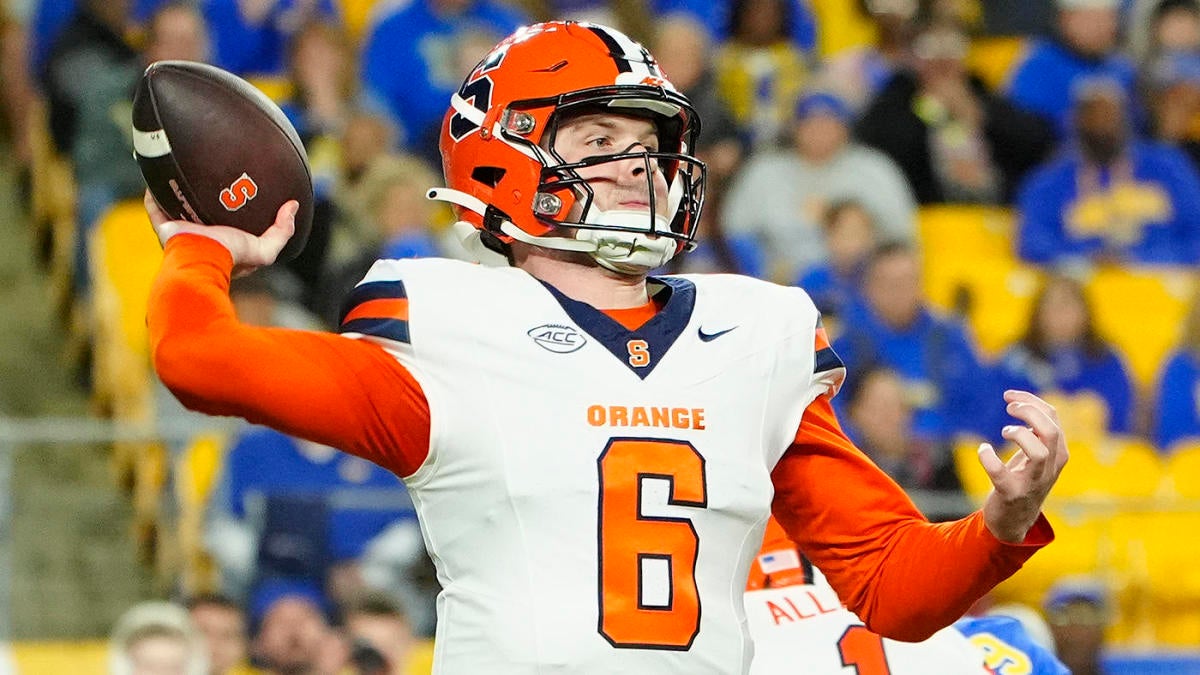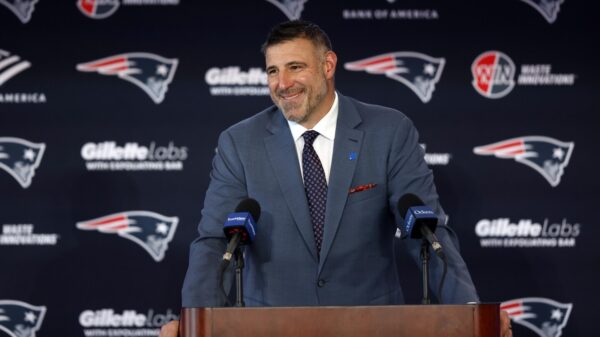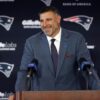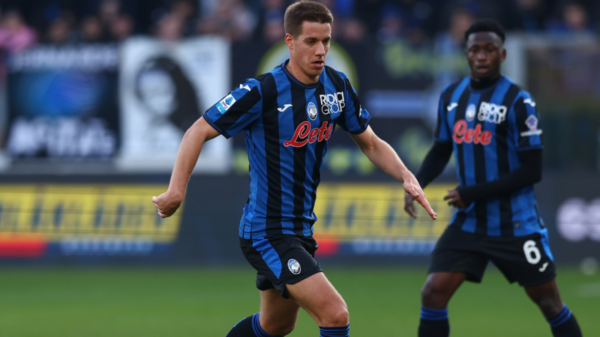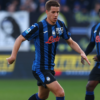It’s hard to believe that we’re less than two months out from the 2025 NFL Draft, and while my Big Board is still written in pencil, a week in Indianapolis at the NFL combine will be an opportunity for a lot of these players to start solidifying their draft stock.
For every Cam Ward or Travis Hunter or Abdul Carter — names who will almost certainly be top-five picks — there’s everyone else; those players aiming to be the next Bo Nix, who came into Indy a year ago as what most folks felt like a Day 2 selection, ended up going 12th overall, and went on to have a breakout rookie season for the Broncos.
With that in mind, here are some players who could help themselves this week, as well as some combine snubs – those players who didn’t earn invites but who you shouldn’t be surprised to see drafted in late April.
All right, let’s get to it.
Players to watch
Kyle McCord, QB, Syracuse. This is almost a running joke at this point. A year ago, I was driving the Spencer Rattler train throughout the draft process, and this year Kyle McCord is my Spencer Rattler. (I mentioned that to McCord at the Shrine Bowl and I don’t think he quite knew how to take it.) But no quarterback outside of Cam Ward did more for their draft stock than McCord, who looked like a completely different player for Syracuse. At 6-foot-2, he’s certainly big enough, and the Stanford game proved he’s a better athlete than perhaps he’s given credit. He’s also the best anticipation thrower in this class, a part of his game he told me really developed last season, in part because he was playing with a lot more confidence. I love him as a Day 2 pick and a solid week on the field in Indy (he’ll likely crush his interviews) could have NFL teams feeling the same way.
Matthew Golden, WR, Texas. Isaiah Bond was the story coming into the season, the speedy Alabama transfer who was going to step into Xavier Worthy’s shoes. And while Bond had a solid 2024, Golden was the best receiver on the Longhorns roster. “Explosive” is the word that keeps coming to mind when you watch him, especially at the top of his routes. He has high-end change-of-direction ability, tracks the ball extremely well on vertical routes and is a natural hands catcher who can make tough grabs despite being undersized. He reminds me a lot of Jordan Addison, the former first-round pick who made the seamless transition from USC to the Vikings, where he’s WR 1A after Justin Jefferson.
Isaac TeSlaa, WR, Arkansas. The more I watch of TeSlaa, the more I love his game. At nearly 6-foot-3 and 212 pounds., he’s a big target, can stride out and has a huge catch radius. He’ll make one-handed grabs in traffic look easy, and he gets in and out of cuts like he’s a much smaller receiver. I’m interested to see how fast he runs in Indy though it likely won’t affect my grade; I think he’s a top 100 guy because he’s incredibly productive and reliable. And while he played mostly outside at Arkansas, he can line up anywhere, and it’s why I see some Cooper Kupp in his game.
2025 NFL combine: Ranking top five prospects at each defensive position, including Abdul Carter, Travis Hunter
Josh Edwards
Woody Marks, RB, USC. This running backs class is deep. And you could make a case that a RB-needy team might consider passing on Ashton Jeanty in Round 1 to address other needs and get a back later in the draft. Marks, a Mississippi State transfer, reminds me a lot of Bucky Irving and I wouldn’t be shocked if he finds his way into Day 2. He’s a durable back with return skills and might stop on a dime and jump-cut better than any RB in the class. He runs with a low center of gravity, and has the open-field burst and wiggle that leave linebackers and defensive backs looking silly. Marks is also a threat in the pass game; he had 47 receptions a year ago and he’s a legit matchup problem coming out the backfield who can take a swing pass and turn it into a punt return.
Gunnar Helm, TE, Texas. It feels like Helm has been something of an afterthought once the college football season ended – though through no fault of his own. He wasn’t at any of the college all-star games, which gave other tight ends (again, another loaded class) the opportunity to make their case. Meanwhile, Helm was one of Quinn Ewers’ favorite targets at Texas, in part because he was such an efficient route runner, and flashed the athleticism to consistently threaten the middle of the field. He has good hands, can make defenders miss in space — or just run through them — and is as sure-handed a pass catcher (with a huge catch radius) as there is in this class. I got a lot of Sam LaPorta vibes when watching him.
Charles Grant, OT, William & Mary. An injury kept Grant out of the Senior Bowl, where it would have been great to see him go up against some of the best players in the country. But rest assured he’ll leave jaws agape at the combine where it sounds like he plans to work out. He made Bruce Feldman’s “Freaks List,” he reportedly has 35-inch arms, and some of his athletic testing numbers would be impressive for skill-position players. He’ll need to add weight and improve his technique, but he’s one of the best pure athletes in the entire class. His coach at William & Mary, Mike London, compared him to D’Brickshaw Ferguson, which is an easy comp when you see Grant play.
Oluwafemi Oladejo, EDGE, UCLA. I spoke with Oladejo early Thursday morning of Senior Bowl Week, just hours before the last day of practice, and he was sipping hot tea because he was hoarse from yelling for two straight days. To call him high energy would be underselling it a good bit. And one of the most amazing things about Oladejo is that he’s been playing off the edge for just one season; he began his career at Cal, where he was an off-ball linebacker, and played that same position early in his UCLA career. But with a jam-packed LB room, he made the decision to move to the edge for 2024 and all he did was play like a grizzled veteran. For an idea of who Oladejo is — and with an eye for what he can become — just watch the Penn State game. The right tackle had a very long afternoon as Oladejo used a variety of pass-rush moves to win as consistently as any pass rusher has all season.
Sai’vIon Jones, EDGE, LSU. Jones is going to weigh close to 290 pounds at the combine, which is what you’d expect for an interior defensive linemen … not an edge rusher who plays primarily outside the offensive tackle. Jones is an impressive athlete who has one of the highest motors in this class, and he’ll consistently collapse the pocket with a combination of power and sheer force of will. He’s a difference-maker both as a pass rusher and against the run, and he’s an easy evaluation. He’s a Day 2 pick all day long and he could boost his stock even further with a good week in Indy.
Kobe King, LB, Penn State. Everyone knows about Abdul Carter, but Penn State had some dudes on that defense. And no one was more fun to watch than Kobe King (his brother, Kalen King, is a former Penn State cornerback who was drafted by the Packers last spring). He comes downhill with both urgency and purpose, and unlike a lot of today’s off-ball linebackers, he absolutely isn’t looking to run around blocks — he’ll happily take on offensive linemen, shed the block and promptly make his way to the ball, often very emphatically. He’s smooth in his coverage drops and rallies to the ball, showing the ability to make tackles in space. He’s what our buddy Rick Spielman would call a Just Good Football Player.
Combine snubs
Just because you’re not invited to the combine doesn’t mean your NFL dream is over. Just the opposite, in fact. Every year, really good players don’t make the cut for Indy and not only get drafted, but go on to have successful NFL careers.
A year ago, Khristian Boyd and Qwan’tez Stiggers didn’t get combine invites; Boyd was a sixth-round pick of the Saints, and Stiggers, the former CFL standout, was a fifth-round pick of the Jets. Historically, as my colleague Garrett Podell wrote a year ago, names like Chris Harris, Malcolm Butler, Adam Thielen, Julian Edelman, Wes Welker, James Harrison and Antonio Gates — for one reason or another — didn’t get invited to Indy and had careers that included Super Bowls, Super Bowl MVPs, and the Hall of Fame.
As for the why, former podcaster-turned-Jets-front-office-guy Rick Spielman talked about it on With the First Pick back in 2023: “You only have so many spots, you can’t bring in 500 guys,” Spielman explained. “It’s always around that 330 mark (319 in 2023).
2025 NFL combine burning questions: QB who will stand out, fastest prospect and more storylines to watch
Josh Edwards
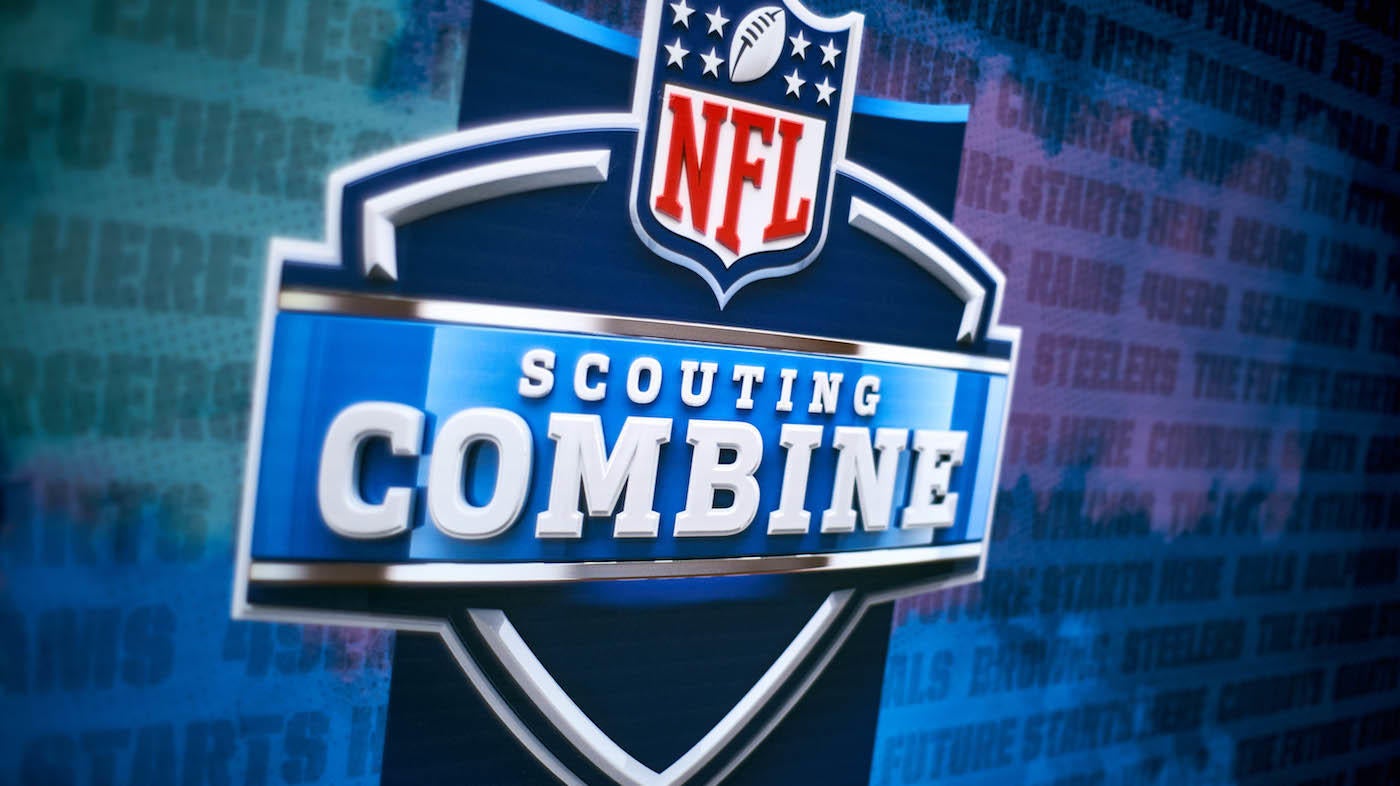
“You have to save spots for the juniors coming out. Whether it’s 50 or 60, whatever amount of juniors come out every year, you have to save an amount of spots for them as well because a lot of times no work’s been done on them. There’s been tape done on them, but those are the guys that you want to get in front of at the combine. As a general manager, we always made the point that the Senior Bowl, the East-West bowl, and all these all-star games where the seniors are going to show up, let’s get as much work as we can get done there with the interview process and the test so that when we get to the combine, we can focus on the juniors we haven’t gotten in front of at all.”
With all that in mind, here are some combine snubs who I fully expect to get drafted.
Shamari Simmons, DB, Arizona State. I talked to Simmons at the Shrine Bowl and he’s gone from junior college to Austin Peay to Arizona State to realize his college dream. And while he plays with a quiet confidence, he also has a chip on his shoulder to prove his doubters wrong. He does have a slight frame, but he plays much bigger than whatever the scale says. He’s looking to thump someone coming downhill and is solid in coverage on routes in front of him. The best way I can describe Simmons: He plays nickel like a ’90s linebacker.
Willie Lampkin, OL, North Carolina. Yes, Lampkin measured 5-foot-10, 270 pounds at the combine, but he also had 32-inch arms. And while future NFL offensive linemen average 6-foot-4 and 315 pounds. But I’d just invite you to go watch Lampkin play. He lined up at left guard for the Tar Heels and he wasn’t that much bigger than their all-world running back, Omarion Hampton. But Lampkin not only held his own, he was a difference-maker, and he’s one of my favorite players in this class. His road to an NFL roster is going to be a tough one because he will be a trailblazer in the truest sense of the word.
Rivaldo Fairweather, TE, Auburn. Fairweather looks more like a big slot (think Malachi Corley) than an inline tight end. The FIU transfer will make acrobatic catches look easy and he’s incredibly smooth getting in and out of his breaks. He can also run through arm tackles in space and he’s one of the best “want-to” blockers in this TE class. My comp for him was Jaheim Bell, the athletic TE who played at South Carolina and Florida State before being drafted by the Patriots last spring.
Ben Yurosek, TE, Georgia. Yurosek had a good week at the Shrine Bowl, but he only had 20 targets at Georgia last fall after transferring from Stanford. That said, I thought he made the most of his limited opportunities — he’s a good athlete, can stress linebackers and defensive backs in coverage on vertical routes, and can create separation in and out of breaks. He showed soft hands and flashed the ability to make contested catches. And he held his own as a blocker too. But in a deep TE class, he found himself on the outside looking in.
Read the full article here


